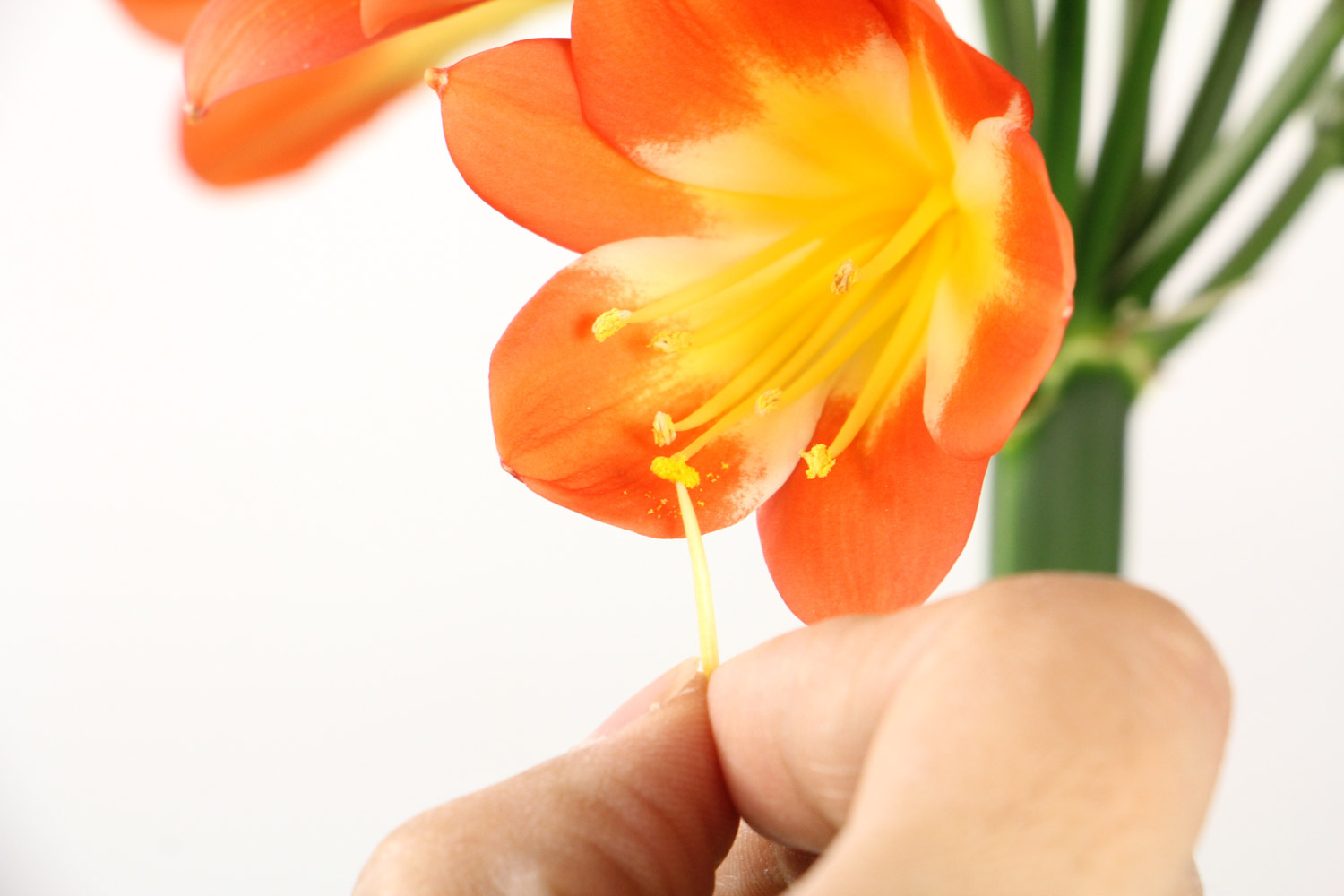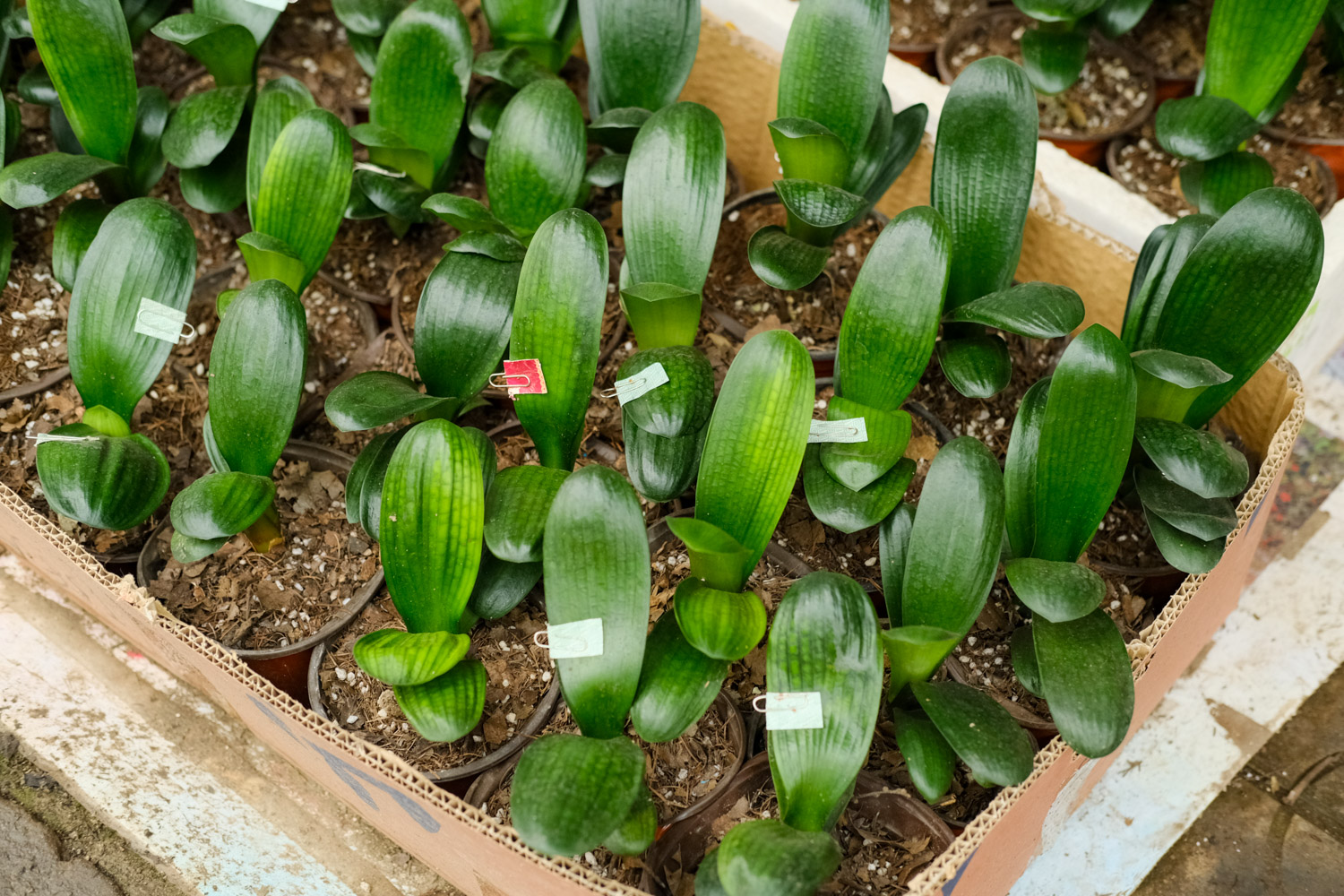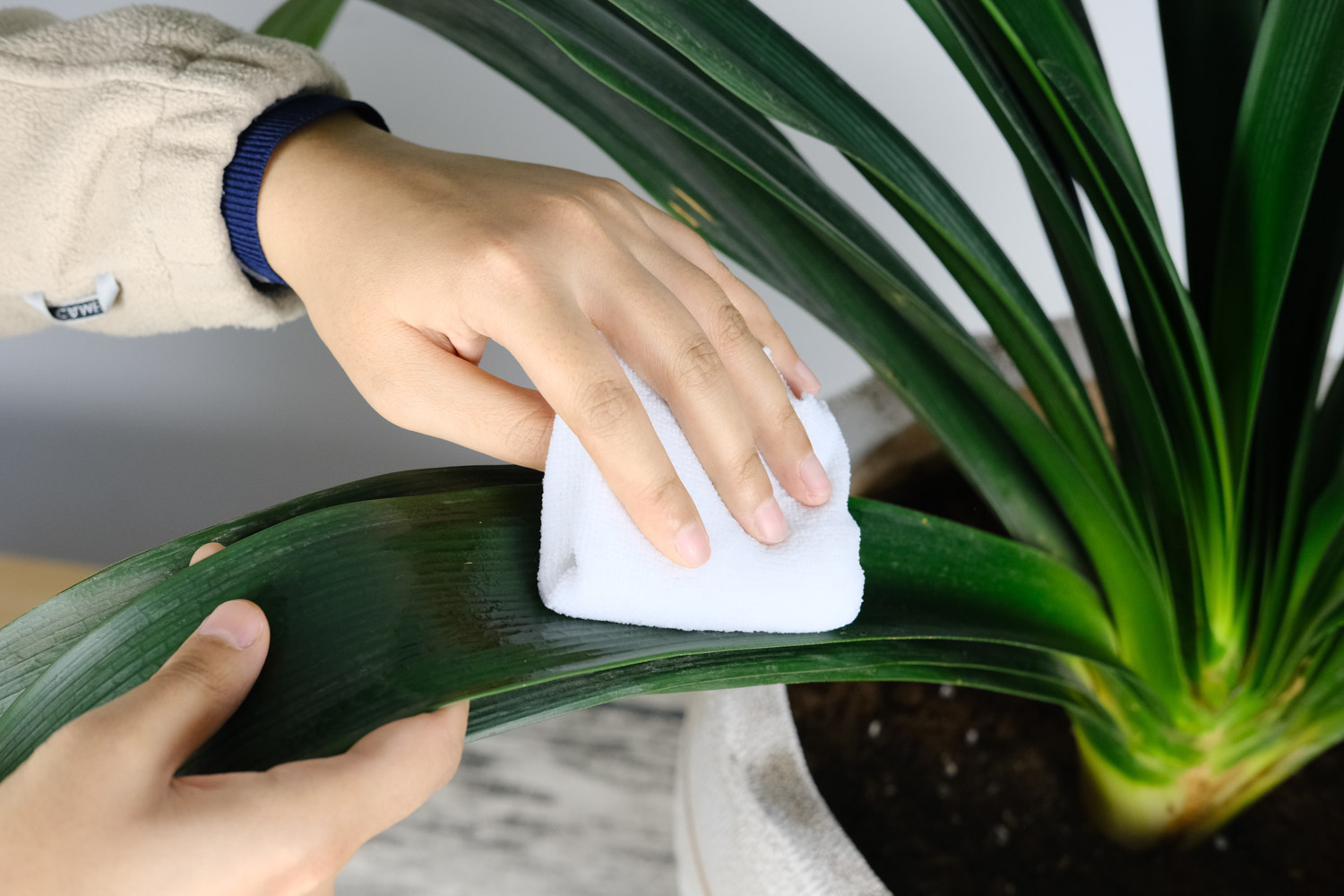1、 Breeding method
1. Soil: Clivia is usually planted in soil with good air permeability and water permeability. The fertile soil is conducive to the growth of plants. If possible, nutrient soil can be prepared by ourselves. Generally, rotten leaf soil, pine needles, river sand and base fertilizer are mixed in the proportion of 6:2:1:1. Among them, the rotten leaf soil should be more broad-leaved rotten leaf soil, and coniferous rotten leaf soil should not be used. Use 3-inch pots for seedlings in the first year, change 5-inch pots in the second year, and then change pots every 1-2 years according to plant size

2. Light: Clivia is very sensitive to light. Its growth needs light and can not be exposed to the sun for a long time. The stronger the light, the more gorgeous the flowers will bloom, but the flowering period will be shorter. If the light is weak, the flower color of the plant will be lighter. Generally, when the temperature is appropriate, the plant can accept 8 hours of light. In high-temperature weather, it is OK to bask in the sun for two hours a day, and avoid the hot sun at noon

3. Temperature: Clivia is afraid of heat and cold. High temperature and low temperature are not helpful for growth. If the temperature exceeds 30 ℃ in summer, it needs to be cooled. Large scale breeding is generally cooled by putting up a shed for shade. Domestic breeding can be directly moved to the semi shade to maintain good ventilation. At the same time, you can also sprinkle some water around. Water evaporation also has the effect of absorbing heat, so as to achieve the purpose of cooling

4. Watering: Clivia has fleshy roots, which is an organ with strong water storage capacity, so the demand for water is not great. However, in its growth period, if the water is insufficient, the plant will also be damaged, resulting in the failure of new leaves to sprout and the scorching of old leaves. Watering is usually carried out when the basin soil is half dry. Pay attention to control the water volume and keep the basin soil slightly moist. It can not be too wet, let alone ponding

2、 Fertilizer selection
The growth of Clivia needs nutrients, so it is necessary to apply fertilizer well. The fertilizer selected is also different according to the different supplementary nutrients. The first is the base fertilizer, which is usually added when changing the basin. It is mostly used with stable manure, compost, green manure and bean cake fertilizer. Secondly, top dressing is required during the growth period. Solid fertilizer can be cake fertilizer, fish meal and bone meal, and liquid fertilizer is generally used by mixing rotten organic fertilizer with water. If you want to apply quick acting fertilizer, you can use urea, potassium dihydrogen phosphate and calcium superphosphate

 jackfruit
jackfruit snake plant
snake plant hibiscus
hibiscus hydrangea
hydrangea lavender
lavender Green roses climb al...
Green roses climb al... If you don't pay att...
If you don't pay att... Management of four g...
Management of four g...

































